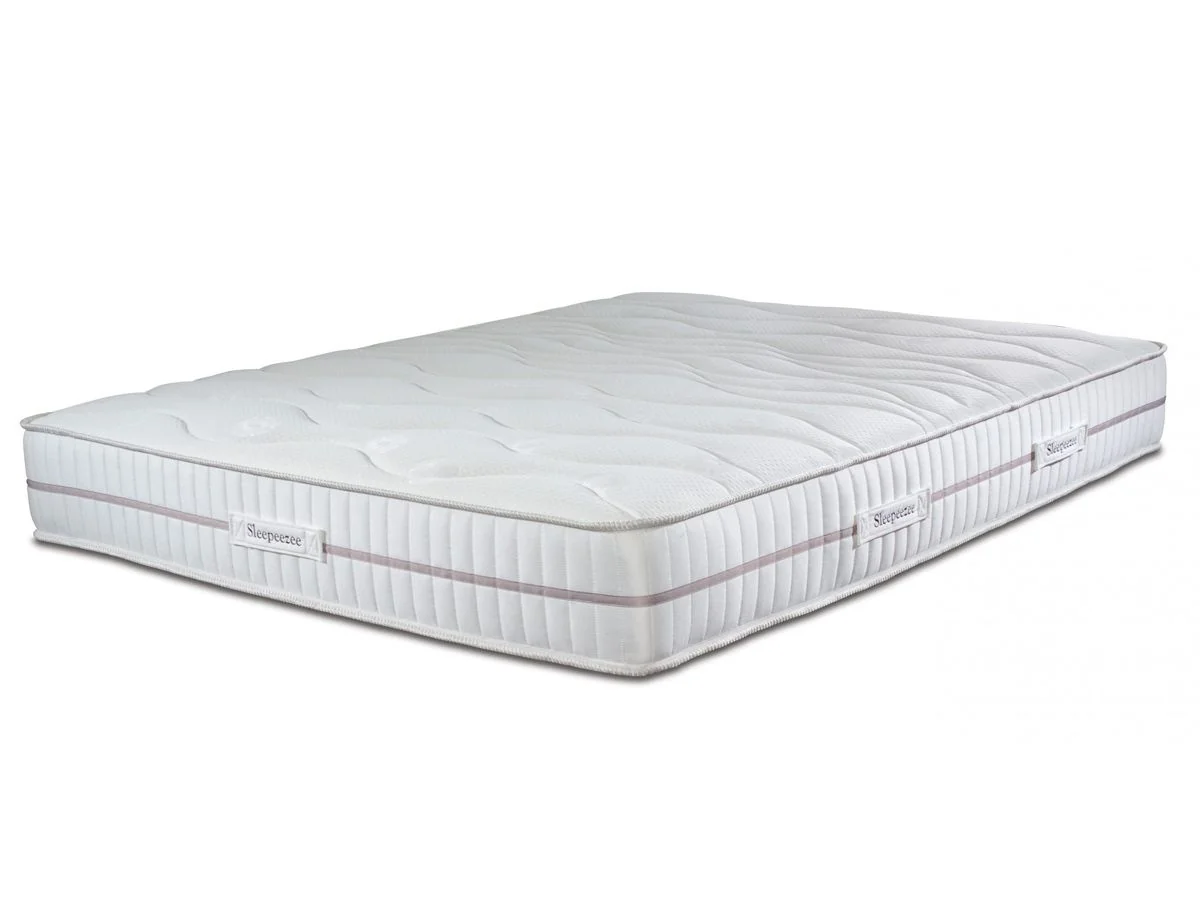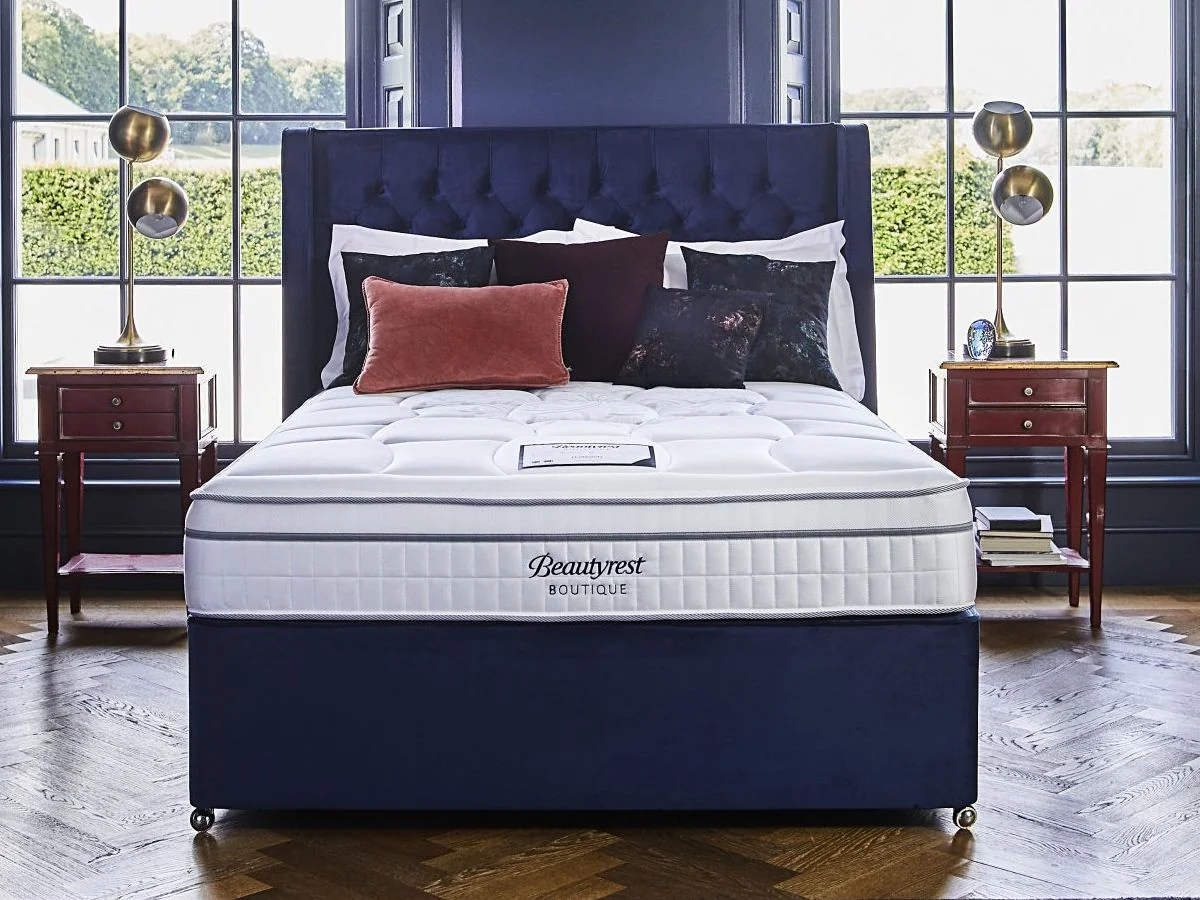Sleep Talk Blog, Health & Wellbeing
How to Make Your Bedroom the Healthiest Room in Your House
How to Make Your Bedroom the Healthiest Room
No question, your bedroom is an essential room in your life. Not only is sleep necessary to survive, but we spend a third of our lives sleeping, so if you live to 80, you'll sleep 26 of those years away.
At least three-quarters of this will be in your bedroom, so your bedroom must be as healthy and relaxing as possible. This article will explore how to make your bedroom the healthiest room in your house to maximise sleep quality and improve your health.
"Let's jump right in."
1. Get a hypoallergenic mattress
Mattresses can be home to many nasty allergens, including dust, dust mites, and pet dander. The simplest solution is a hypoallergenic mattress because the tight weave of the fabric won't let allergens penetrate it.
With no fabrics to penetrate, allergens can't take hold and cause a problem. Our range of memory gel mattresses is a good starting point.
For value, check out the award-winning Sleepeezee Hybrid 2000 3FT in sizes from single up to super-king.

Fancy something more luxurious? The Sleepeezee Beautyrest Lexington offers supreme comfort with a soft quilted outer cover.

2. Use hypoallergenic bedding
Your bedding and bed linen should be hypoallergenic, or else what good is a hypoallergenic mattress? Hypoallergenic bedding uses materials that resist mould and dust mites, and they make a big difference in sleep quality.
Silk, bamboo, Tencel, and cotton are the most popular hypoallergenic materials. Anti-allergy bedding works by reducing or eliminating allergens from your duvet, pillows, mattress, and more, helping lessen the symptoms of night-time allergies.

3. Purify the air
An air purifier will be a significant investment if you struggle with allergies and asthma.
The best air purifiers have a HEPA and an activated carbon filter. HEPA filters remove airborne particles like dust and pollen, while activated carbon filters adsorb odours, VOCs, and smoke to purify and cleanse the air in your bedroom.
The Dyson Purifier is a great product that you can get with a catalytic filter that removes formaldehyde, a chemical found in household cleaning products. Blueair products are also good, with the Blueair Pure 411 treating rooms up to 15m2.

4. Dehumidify
If your bedroom suffers from dampness or gets unseasonably humid, a dehumidifier will suck moisture out of the air to make it more comfortable.
Dehumidifiers are best in basement bedrooms and other areas where humidity causes rot and mould. You can use one in your bedroom to make the air dryer; you'll only need a small one if your room is less than 10m2.
Best of all, you can get dehumidifiers with HEPA and activated carbon filters. Check out the electriQ 10L Desiccant for rooms up to 55m2.
5. Live with plants
Bringing a little nature into your bedroom can do wonders for your mental health, giving you something to look after and a break from the same four walls.
Plants that bloom treat you, giving you something to look forward to. We like African Violet, Begonias, Bromeliad, and Kalanchoe. Few plants are as beautiful as Kalanchoe in full bloom, red, pink, yellow, or white blossom.

Another option is a bonsai tree. Bonsai is the art of growing ornamental dwarf trees, which require regular pruning and care. We like the Chinese Elm for beginners.
6. Use eco-friendly cleaning products
When you need to clean, avoid cleaning products that use harsh chemicals because many of these are toxic for people with asthma.
Look for products rated A+ for Indoor Air Quality by Air Label. Avoid products that contain formaldehyde and high levels of VOCs.

Natural cleaning products that use natural surfactants rather than chemicals are a good option. If in doubt, look for a pet-friendly label (dogs and cats have sensitive noses and eyes, so if it's pet-friendly, it's also human-friendly).


